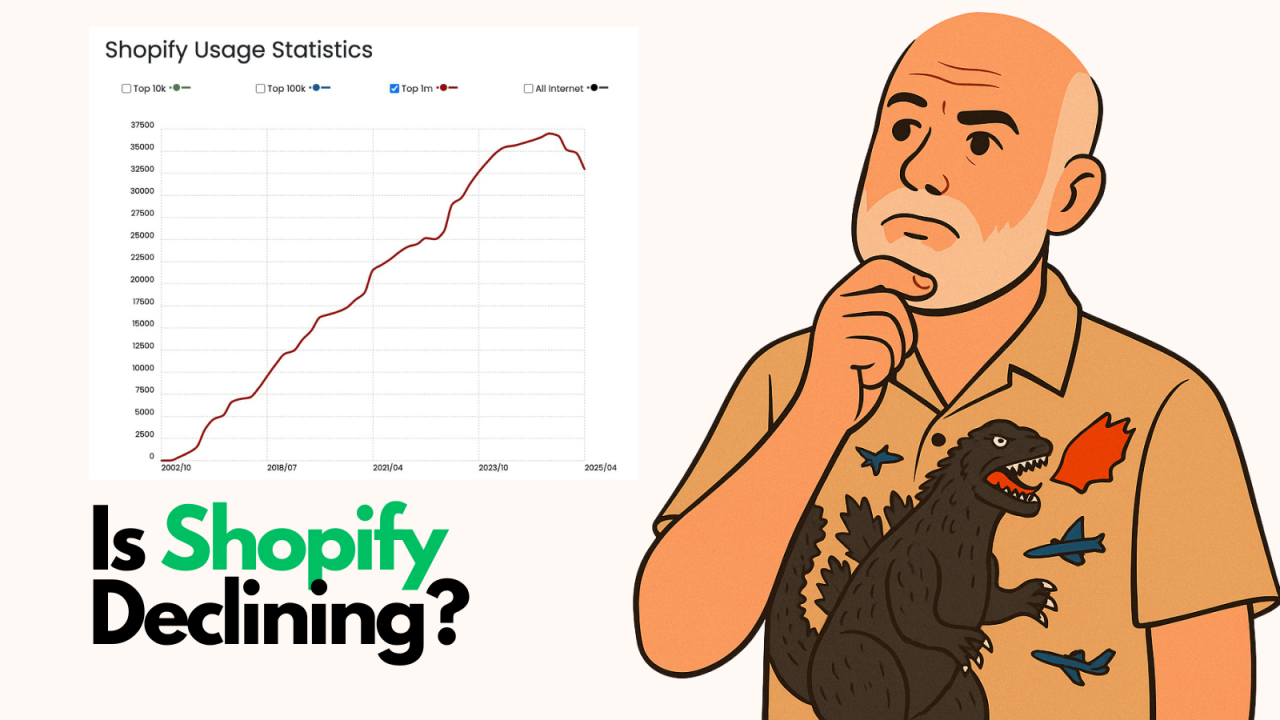
In the digital age, the world wide web has opened up a world of possibilities. Businesses of all sizes now have the ability to reach a global audience from the comfort of their own computer. However, with hundreds of millions of websites on the internet, the competition for attention is fierce. That’s why search engine optimization (SEO) has become a crucial part of any digital marketing strategy. And one of the most important elements of SEO is optimizing your meta descriptions.
Meta descriptions are a short summary of a webpage's content that appears underneath the title tag in search engine results. They typically range from 50-160 characters in length and provide a brief overview of what the page is about. But what makes a good meta description? And how can you optimize it to encourage clicks and drive traffic? In this article, we’ll explore the answers to these questions and more.
Meta descriptions play a critical role in SEO for a multitude of reasons. Beyond offering search engines a snapshot of a webpage's theme, these snippets facilitate the classification of content, thus aiding search engines in associating pages with relevant search queries. Moreover, meta descriptions embody the initial interaction potential visitors experience with a website. Functioning as a tantalizing glimpse into a page's offerings, these descriptions can intrigue and compel individuals to click on a link and explore further. Thus, a well-crafted meta description possesses the power to stoke curiosity and act as a magnet for web traffic.
But it's not just search engines and potential visitors that benefit from meta descriptions. Social media platforms also use meta descriptions when displaying links to webpages. If your meta description is poorly written or missing altogether, your social media post may not get the engagement it deserves. That's why optimizing your meta descriptions is crucial for both SEO and social media marketing.
Before we dive into optimization techniques, let's take a closer look at the anatomy of a meta description. A typical meta description comprises three primary elements: a headline, a description, and a call-to-action (CTA). The headline mirrors the page's title and assumes a prominent position atop the meta description. It aims to encapsulate the page's essence clearly and succinctly.
Subsequently, the description serves as the crux of the meta description, furnishing more intricate details about the page's content. With a recommended length of around 150-160 characters, this section should incorporate relevant keywords to facilitate both search engine comprehension and user search alignment.
Lastly, the CTA serves as the meta description's closing flourish, encouraging users to undertake a specific action. These CTAs range from the straightforward "read more" or "learn more" to more intricate prompts such as "download our free guide" or "sign up for our newsletter."
Crafting meta descriptions that elicit clicks and engagement demands a strategic approach. Let's explore some tips for writing click-worthy meta descriptions.
Avoiding pitfalls is equally vital to meta description success. Steer clear of the following:
Now that we’ve explored some dos and don'ts of meta description writing let's take a look at some best practices for optimizing your meta descriptions.
In the endeavor to perfect meta description optimization, employing the right tools can prove invaluable. Tools worthy of mentioning include:
Wrapping it up, optimizing your meta descriptions is an essential part of any SEO strategy. A well-crafted meta description can improve your search visibility, increase click-through rates, and drive traffic to your site. By following the tips, best practices, and tools outlined in this article, you can create click-worthy meta descriptions that entice potential visitors and help your website stand out from the crowd.

Following up on my earlier post about BigCommerce's rebrand announcement, I got my hands on theCleveland...

By Brent W Peterson AI vs Shopify: Is Platform Dominance Ending in 2025?

The B2B OG Reality Check In 1995, I built my first B2B website for my then computer assembly company. It...